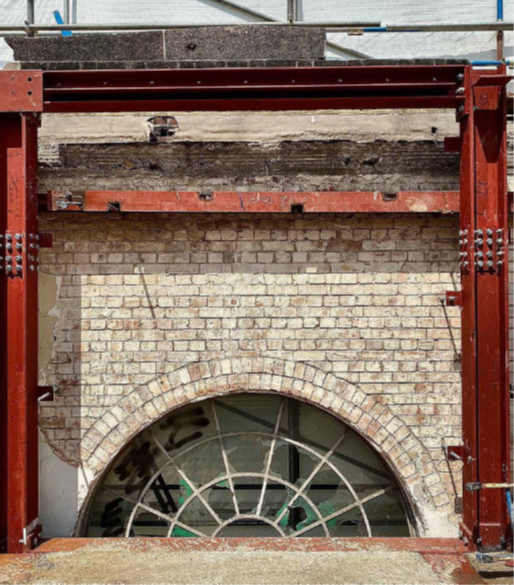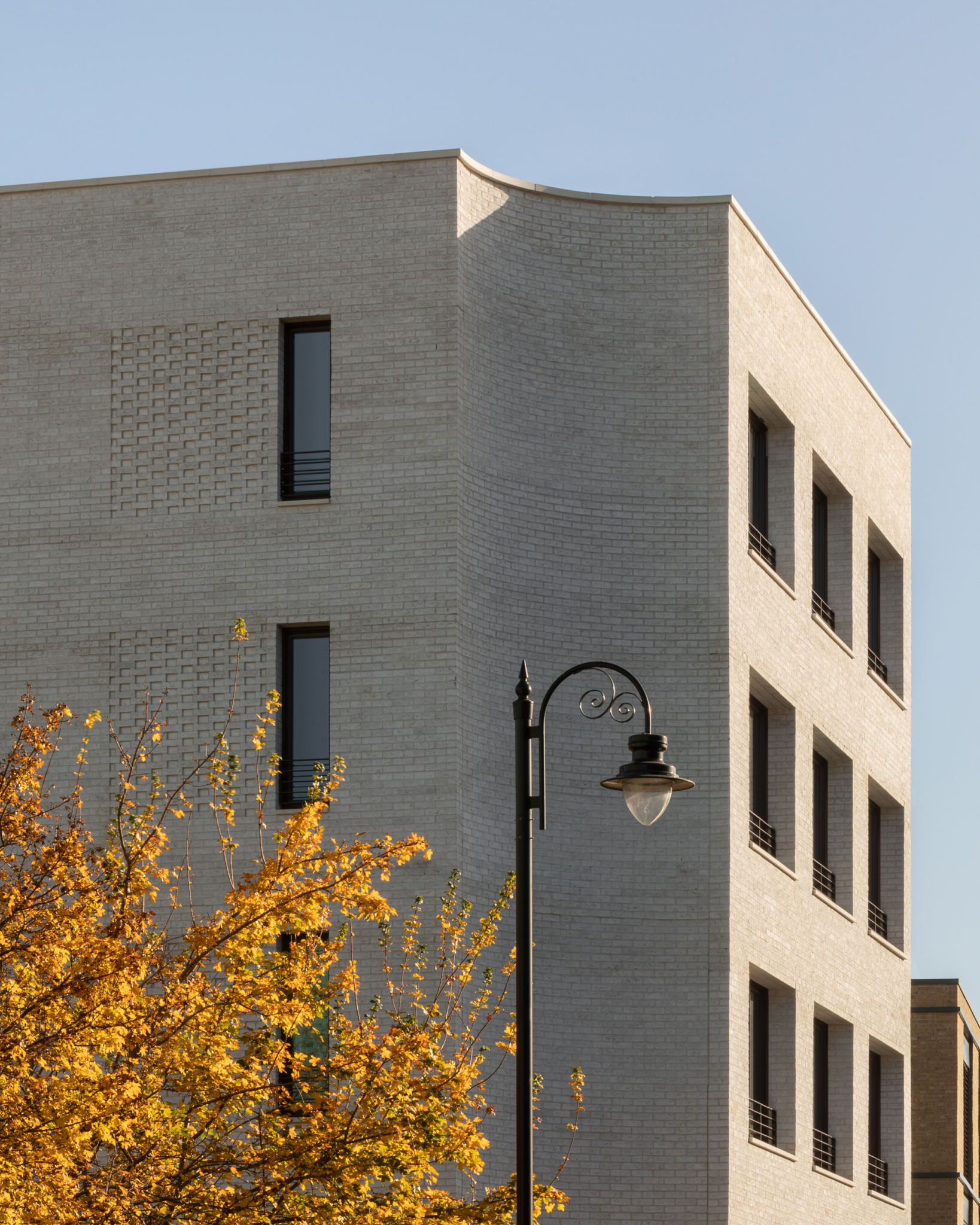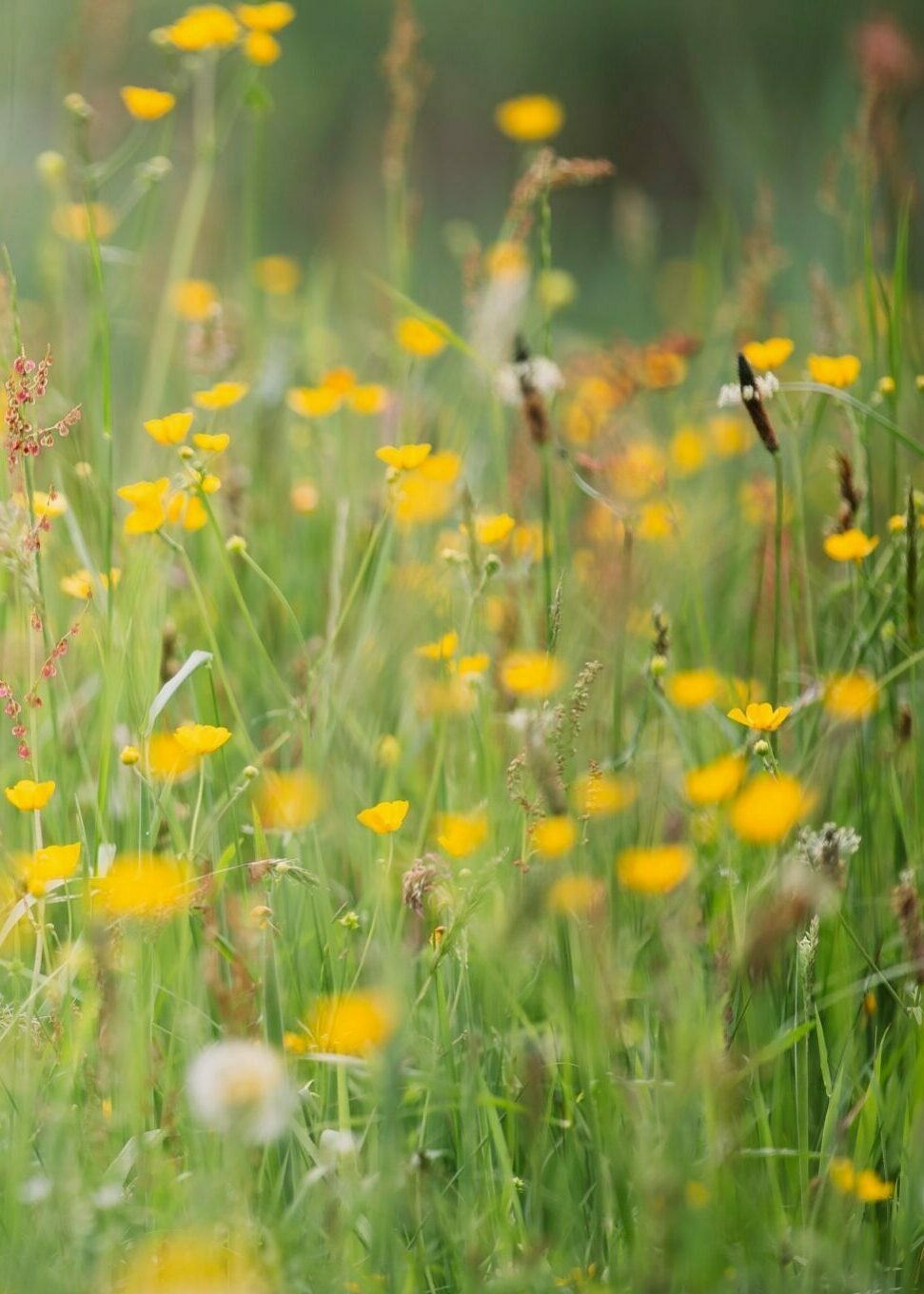Considered Construction.
We speak with Associate Architect Nick Evans about our considered approach to construction, reducing both the cost to the environment and energy bills.
“As we design and build all within one practice, we can nurture the responsible targets of a project,” our Associate Architect Nick Evans explains. At Vabel each of our homes is designed, developed and built by us. “Being in charge of the whole process means we can control it, for example by reducing new material use.” Researching and looking into new technologies is integrated into our design process. “We have a sensitive approach that looks to embed renewable technologies that are proven to last.”
We all want to do better for the planet, and look to a more sustainable future. At Vabel, we believe the most important thing about responsible development is always striving to do more. Even when we surpass targets, we always think critically – how can we go further? This forward-thinking approach underpins all that we do. So while we celebrate the wins, whether big or small, we constantly strive for innovation. We seek efficient solutions that reduce the cost to the environment and also happen to make your energy bills smaller.
Externally, we install green living roofs and communal landscaping to help bolster biodiversity, while inside, zonal underfloor heating allows you to control which rooms you heat. All of our lights are LED, of course, and we fit aerated taps to reduce water flow, automatically cutting your water usage. Rooms feature thermally efficient glazing to help keep your space at a comfortable temperature no matter how hot or cold it is outside, supported by heat recovery ventilation systems which circulate fresh filtered air.

Often when we embark on a project with a new site, we inherit initial plans. At Vabel Haverstock, there was an initial target of 20% renewable energy usage, but we strived to do better, installing solar panels and air source heat pumps. After the project was complete, an independent performance review confirmed that on average 94% of the energy used throughout the building is renewable. This is not only better for the planet, but is a much more cost-effective way of running a home.
Nick is currently working on a project in Blackheath where we have recently installed our first ground source heat pump system. “The pipes travel deep into the ground, and it’s pretty much maintenance-free,” he says. “It’s an incredibly cost-effective heat source to have in your home.” This is a technology not yet used by many developers, so we are proud to be investing in this area, which will become accessible to more people over the years. “No one is going to be using gas in the future, so we have to prepare for that.”
In addition to thinking about how our homes will be powered, material choices are key to making them more energy efficient and reducing embodied carbon. At Vabel Kentisston on Kentish Town Road, we retained and conserved the original brick walls, building a new lightweight steel frame inside to support the new walls and floors. Elsewhere in the building, original bricks were carefully removed and then reused to create new window and door openings. “It was brilliant to use those bricks we already had on site, reclaimed materials that haven’t travelled. They’ve gone from one hand, many years ago when the building was created, to another hand in the present day, and gone back into that building. I think that’s really wonderful.”
Where replacement bricks were needed, we sourced them from a maker in Sussex founded in 1896, which makes them by hand from local clays. We used lime mortar instead of cement, which also allows the bricks to be reused again in future as it can simply be chipped off when required. “It’s been used in construction for thousands of years, and allows old walls to breathe, as well as absorbing CO2 from the atmosphere during the curing process.”

We think it’s really important to think about what structures we can safely retain and ensure that they will still stand for hundreds of years to come. As well as wanting to extend a building’s lifespan, we value materials and the people who have come before us. “It goes beyond sustainability and into us respecting and valuing a moment in time,” Nick says. “Those bricks that we reused represent a point in time and they’re local to the area – that’s really important in a globalised world. I love to think about how materials can connect us with our local surroundings.” We want to choose materials that are contextually relevant as well as durable, and which will age gracefully over time. “I think about how the landscape will mature, what kind of patina the materials will take on as they become weathered and embedded in their surroundings.”
We’re constantly looking into our material use and new technologies, and trying to push the boundaries of what we can achieve. This is rooted in a conscientious and ambitious, accountable culture in the business. We’re concerned about greenwashing and value transparency. “Everyone knows they can do more, and we all know we need to push things further to constantly improve.”
We’d love to share more about our responsible approach with you – please reach out and let us know what you’re interested in.


